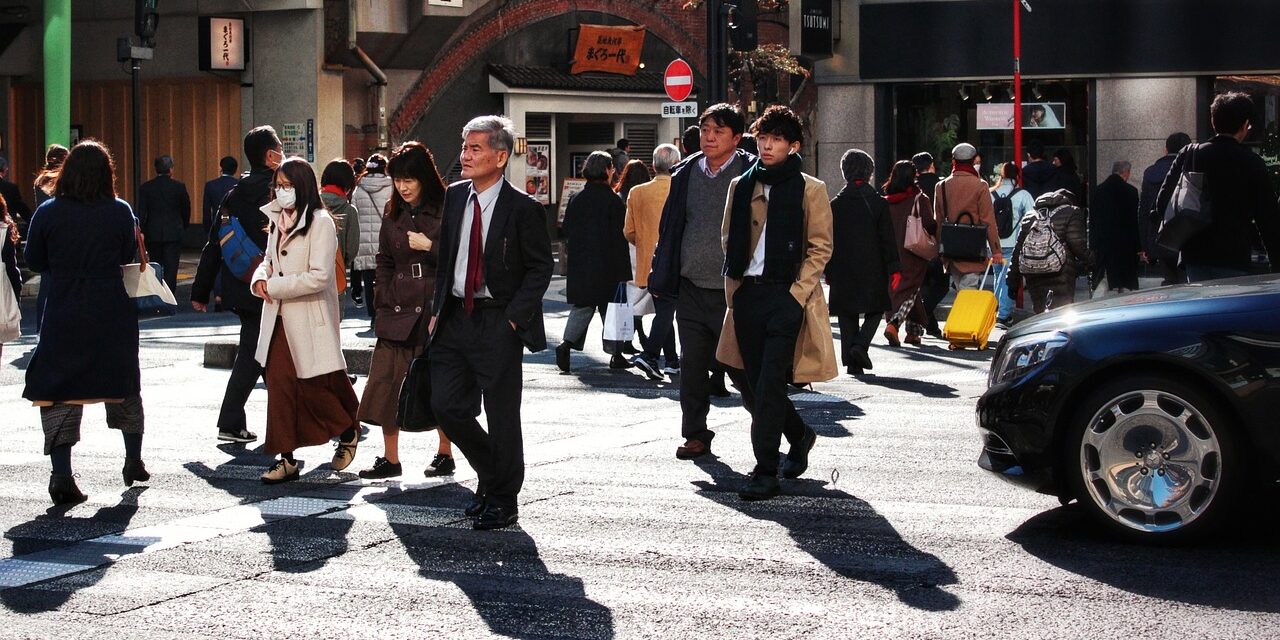As the demographic landscape of the world continues to evolve, urban centers are emerging as focal points of economic, social, and cultural development. Among these urban centers, the Global North—often characterized by developed economies, advanced technological infrastructures, and relatively high living standards—hosts some of the most populous cities in the world. Of these cities, Tokyo, Japan, stands out as the most populated urban agglomeration in the Global North, although determining its exact rank among the world’s cities requires careful consideration of definitions and metrics of population.
Tokyo, with its expansive metropolitan area, boasts a staggering population that is often cited as being over 37 million residents. This figure encompasses the Tokyo Metropolitan Area (also known as the Greater Tokyo Area), which includes surrounding prefectures such as Kanagawa, Saitama, and Chiba. The population density of Tokyo is indicative of a significant urban phenomenon where millions of individuals live and work within a compact area. This concentration of people contributes not only to the vibrancy of the city but also presents challenges such as housing shortages, transportation inefficiencies, and environmental degradation.
Historically, Tokyo’s emergence as the most populated city in the Global North can be traced back to numerous socio-economic and political factors. Following the Meiji Restoration in 1868, Japan underwent a period of profound industrialization that transformed it from a feudal society into a modern state. The influx of rural populations to urban areas, spurred by job opportunities and industrial development, catalyzed Tokyo’s growth. By the post-World War II era, the city had evolved into an economic powerhouse, attracting millions from across Japan and beyond in search of prosperity.
The phenomenon of urbanization is not unique to Tokyo; however, Tokyo’s distinct approach to urban planning and public transportation has allowed it to accommodate a large populace efficiently. The Tokyo subway system, with its extensive network and punctuality, serves millions daily, integrating peripheral areas with the city’s core. Moreover, Tokyo’s compact urban design, characterized by mixed-use developments, enables residents to access a range of amenities within walking or cycling distance, thereby reducing reliance on cars and mitigating traffic congestion. These infrastructural paradigms have positioned Tokyo as a prototype for urban sustainability, making it an intriguing case study for global urban planners.
In examining the Global North, it is pivotal to note that cities such as New York, London, and Paris also rank among the most populous urban centers, albeit not to the same extent as Tokyo. New York City, with a population of approximately 9 million, presents a distinct metropolitan model characterized by multiculturalism and economic diversity. London’s demographic composition reflects its historical significance as a colonial power and a contemporary financial hub, boasting a population exceeding 8 million. Paris, while smaller in comparative size, serves as a cultural and economic engine, attracting millions of tourists and expatriates alike. These cities illustrate the dynamism of urban life in the Global North, yet they still fall short of the vast population numbers exhibited by Tokyo.
Despite the impressive figures, it is essential to contextualize the challenges that accompany such immense urban populations. Tokyo grapples with significant issues, including aging infrastructure, environmental concerns, and social disparities that arise from rapid urbanization. The balance between maintaining Tokyo’s vibrancy and addressing the socio-economic needs of its residents is a critical challenge for policymakers. Furthermore, the advent of housing crises and skyrocketing real estate prices exemplifies the complexities inherent in managing a metropolis of such size.
In conclusion, Tokyo, with its unparalleled population density and robust infrastructure, undeniably claims the title of the most populated city in the Global North. As the world grapples with the implications of urbanization, Tokyo serves as both a beacon of success and a cautionary tale. Its unique journey illustrates the transformative power of urbanization while simultaneously highlighting the pressing challenges that accompany such demographic trends. Understanding Tokyo’s population dynamics invites a broader dialogue on the future of urban living in the Global North and beyond, raising vital questions regarding sustainability, equity, and the overall quality of life in our increasingly urbanized world.

